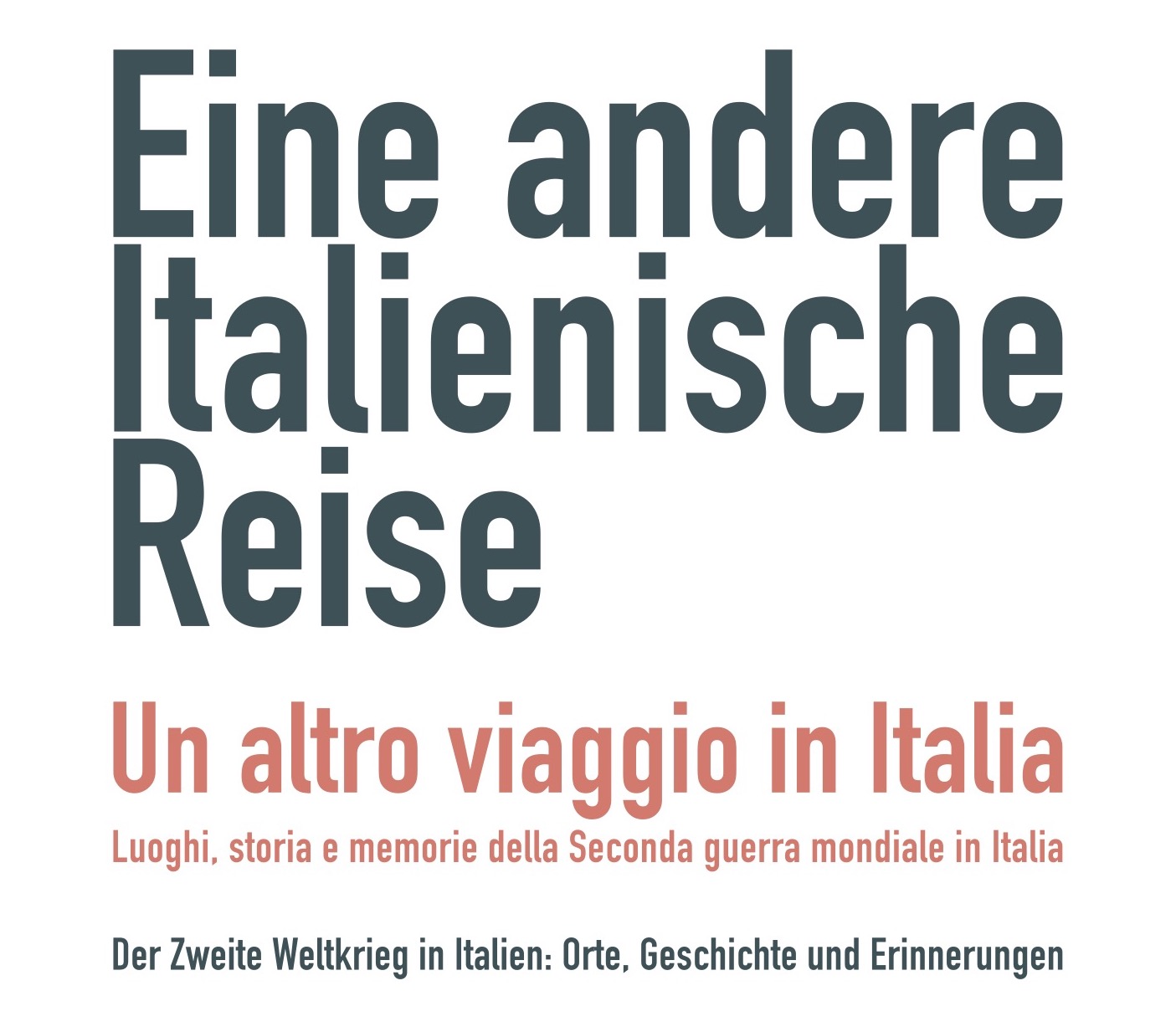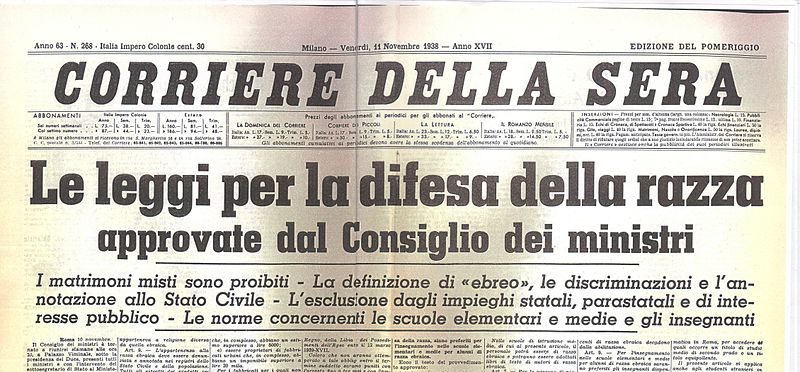Credits: Joergsam, CC BY-SA 4.0
Where are we?
We are in Unità d’Italia Square, in Trieste
This is where Mussolini announced the racial laws on 18 September 1938. In 2013, the municipality decided to place a plaque on the pavement as a reminder and a warning.
On 18th September 1938, Benito Mussolini, on an official visit to Trieste, announced from Piazza dell’Unità d’Italia the ‘necessary solutions’ to tackle the ‘Jewish problem’, understood as a ‘racial problem’. A recently digitised film of his speech now exists, in which Mussolini defined Judaism as an ‘irreconcilable enemy’ of Fascism and publicly announced the adoption of anti-Semitic racial legislation. In the weeks that followed, the General Directorate for Demography and Race was established, a census of Jews living in Italy was taken and, finally, the ‘Racial Laws’ were approved, a set of measures that sanctioned the exclusion of Jews from national life.
Italian Jews were reduced to a state of legal and civil inferiority, a prelude to their persecution in the years to follow. A significant turning point came in 1943 when the Italian Social Republic sanctioned the systematic arrest of Jews, confiscated their property, set up transit and concentration camps on Italian soil, and assisted the Nazis in rounding up and deporting of over 8,000 Jews.
The memory of the destruction of Jewish people’s rights, which began in 1938, has for many years been difficult to construct in Italy. In addition, there have been considerable delays in the historiography which correctly interprets racist legislation not only as a persecutory turn against a Jewish minority, but also as a break in the continuity of the State.
USEFUL INFORMATION
Facility or museum: no
Geographic location: Trieste, Friuli-Venezia Giulia


